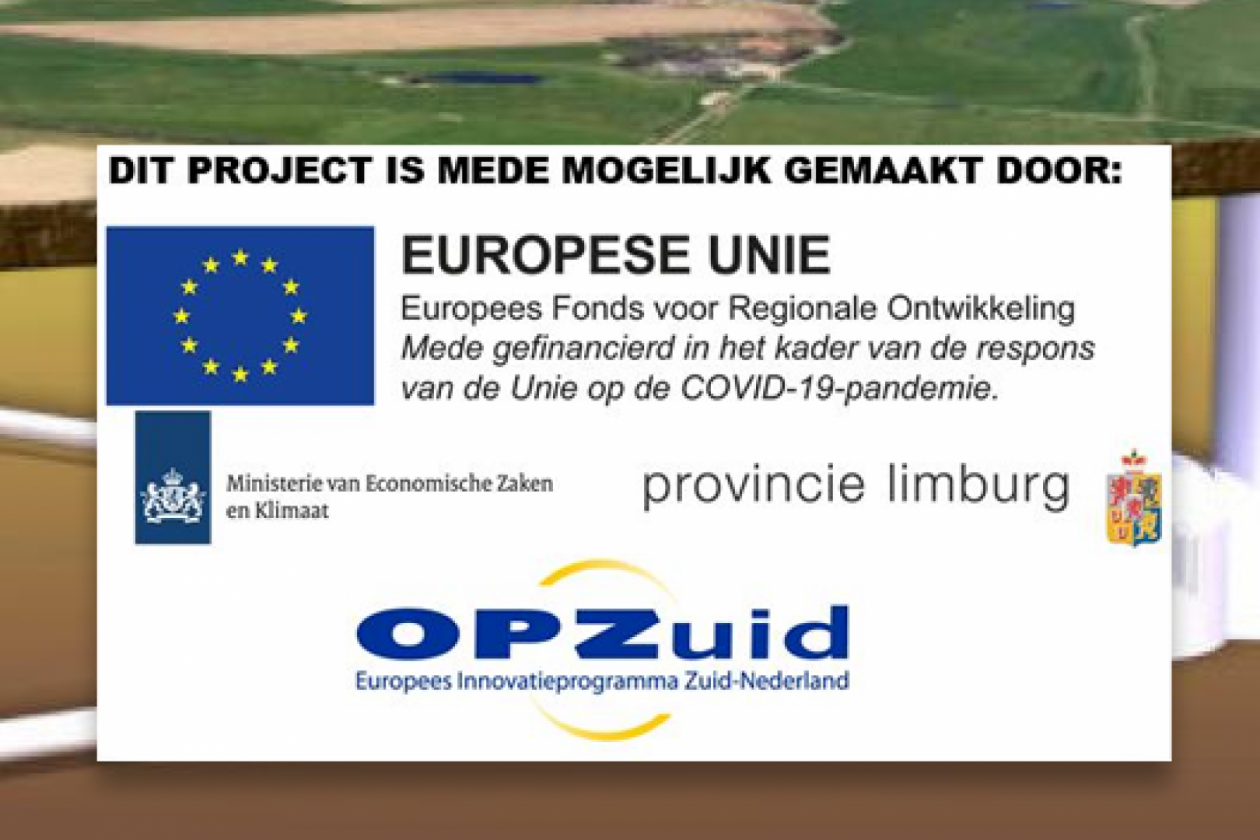Einstein Telescope Technologies

Project Description
The Einstein Telescope is a future underground observatory for gravitational waves. The border region of the Netherlands, Belgium and Germany is in the picture as a possible location. The 'Einstein Telescope Technologies' project contributes in various ways to the realization of the Einstein Telescope. Indeed, within this project, 12 knowledge institutions and companies are working together on the necessary breakthrough technologies, soil research and spin-off of technology to other sectors. The project focuses on the Netherlands and complements other research and work within ETpathfinder, E-TEST and ET2SMEs, among others.
Technical challenges
To realize the Einstein Telescope (ET) there are a number of areas of technical challenges. For example: vibration-free cooling, better sensors, new algorithms to isolate gravitational wave signals from noise, and the realization of the world's largest ultra-high vacuum system. In addition, it is essential to properly characterize the subsurface to figure out how best to install the Einstein Telescope in it. Furthermore, it is important to investigate how the Einstein Telescope can be built and used in the most sustainable way possible. These aspects are all addressed in the Einstein Telescope Technologies (ETT) project. In this project, a consortium consisting of 12 knowledge institutions and companies is working together to overcome these technical challenges.
Spin-offs beyond the horizon
The work packages of this project not only contribute directly to the Einstein Telescope. There is also the prospect of applications in other fields. A great example of how modern physics can have a huge impact on technology and our daily lives is the widely used GPS in navigation systems: without the corrections resulting from Einstein's general theory of relativity, satellite navigation would send the driver into a meadow after a few hours of driving!
Advantage through Innovation
Besides developing the necessary technology for the ET and generating technological spin-off, this project also aims to optimally position the Dutch industry for ET-related orders and promote cooperation with several leading Dutch companies. Even if the ET will not be realized in the Meuse-Rhine Euroregion, this will give these parties a better starting position in future ET-related tenders. Conversely: by intensifying cooperation with Dutch industry, the case for ET in the Meuse-Rhine Euroregion will be strengthened, allowing the Netherlands to better position itself to realize a world-class scientific infrastructure within its borders with all the related positive impact on the region.
About the Einstein Telescope
In 2015, the first gravitational wave on Earth was observed by two so-called laser interferometers. Since then, dozens of gravitational waves have been observed and we literally have a completely new way to study our universe; gravitational waves offer enormous discovery potential for things that cannot be investigated in the universe with light Despite the revolutionary first observations of gravitational waves, current observatories are not sensitive enough to detect gravitational waves over the entire history of our universe. A better instrument is needed for this purpose: the Einstein Telescope (ET).
Funding
This project has been made possible by a financial contribution from the European Regional Development Fund (ERDF) of the European Union, the Ministry of Economic Affairs and Climate and the Province of Limburg.
ERDF and EZK funds are deployed through the OPZuid 2014-2020 program and REACT-EU. The Operational Program ERDF 2014-2020 South Netherlands (OPZuid) is a European grant program for the provinces of Zeeland, Limburg and Noord-Brabant. Spearheads are innovation promotion and the transition to a low-carbon economy. The program is particularly focused on innovative SMEs and strengthening cooperation between business, knowledge institutions and governments. REACT-EU is a direct response by the European Union to the COVID-19 pandemic. The EU provides additional resources for economic recovery of the regions. Projects are innovative, ready to start and contribute to one of five societal transitions. The provinces of North Brabant, Limburg and Zeeland have each individually identified specific eligible activities that are important for green, digital and resilient economic recovery within their provinces.
Links
